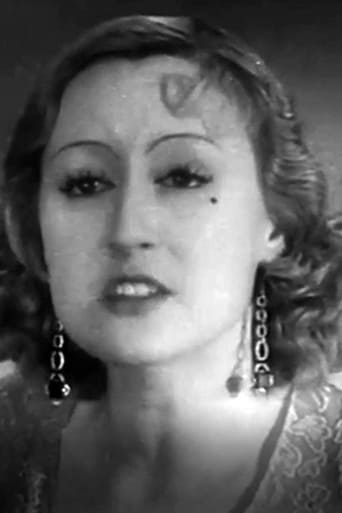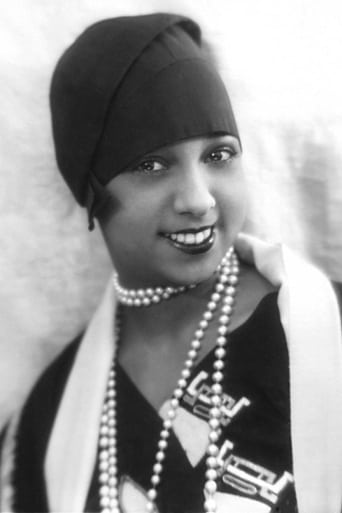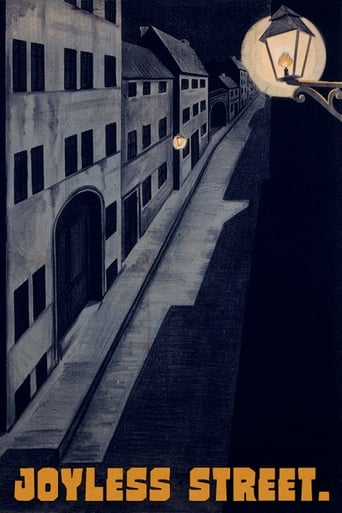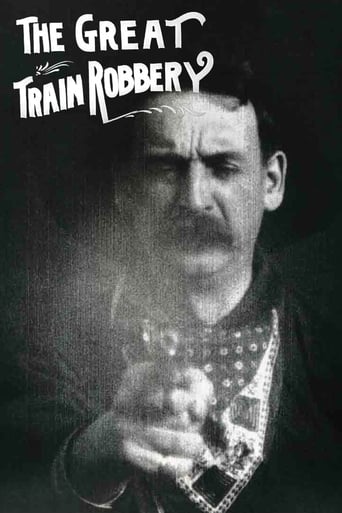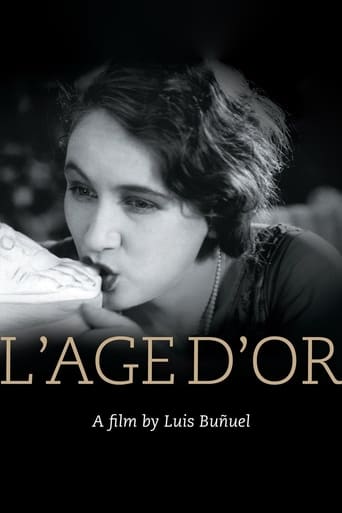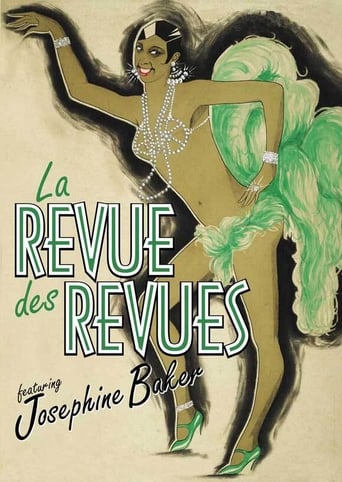

Parisian Pleasures (1927)
Gabrielle (Helene Hallier), an ambitious but innocent would-be young chorine, trumps a music hall publicity stunt to become the new Parisian nightclub Cinderella. But this lighter-than-champagne-bubbles story is only a pretext for LA REVUE DES REVUES's white-hot, non-stop procession of outrageously and scantily attired exotic dancers, showgirls, and acrobats.
Watch Trailer
Cast


Similar titles
Reviews
Undescribable Perfection
I didn’t really have many expectations going into the movie (good or bad), but I actually really enjoyed it. I really liked the characters and the banter between them.
The movie turns out to be a little better than the average. Starting from a romantic formula often seen in the cinema, it ends in the most predictable (and somewhat bland) way.
This is one of the best movies I’ve seen in a very long time. You have to go and see this on the big screen.
LA REVUE DES REVUES (1927) is a fascinating train wreck of a film. First and foremost is the HIDEOUS modern score. And I mean HIDEOUS. 106 minutes of it. Thin narrative has a little sewing machine girl who wants to go on the stage. She tries to enter a "small feet" contest but is too late to sign up. She goes to one of the clubs and attracts the attention of its male star. He gets her into the show as a dancer. She also attracts the attention of an impresario who encourages her to try on the "Cinderella" show when the "small feet" winner's feet swell and the show comes to a halt. She becomes a star.Aside from this, the film is mainly a series of opulent, elaborate musical numbers featuring stars of various Paris clubs. Most famous is Josephine Baker, who appears in two numbers. These scenes are all hand tinted but statically shot from audience perspective. The numbers usually feature a "star" and about 20-30 others who pose or walk about the stage or dance. Most dance numbers are more dance movements of the Isadora type and many chorus girl numbers with simple dance routines. There's only one tap number. Baker does a spastic "funky chicken" dance in her first number, then redeems herself in the 2nd with a terrific post-Charleston / Shimmy sort of dance.Throughout all the numbers, this modern cacophony drones on and on. The only numbers that they even come close to matching are Baker's 2nd dance, and a Denishawn-type Egyptian number.Worth watching for the eye-popping stage numbers and Josephine Baker, but be prepared to hit the "mute" button.
Wow, does this film have a horrible musical track on the DVD. Now you can't blame the original film makers--it was up to individual movie houses to provide whatever score they wanted with most silent films. Because of this, when silents are placed on DVD or shown on channels like Turner Classic Movies, they have modern composers create scores so the films aren't totally silent. Unfortunately, in the case of "La Revue des Revues" it has perhaps the most annoying and cacophonous accompaniments I have ever heard. It's like plunging knives into your ears to listen to it, so I was forced to turn off the sound part of he way into the movie. Why is it so bad? Well, part of it is because of the excessive use of electronic music--which just doesn't fit a film made in the 1920s. Another is because much of it sounds like free-form jazz sped up to twice normal speed! Yikes! As far as the original film goes, it's quite striking to see such an early film with so much color. While the Pathé Color process was not true color, it was impressive for the time--and, in some ways, more pleasing to the eye than its competitor at the time, the Two-Color Technicolor process. Pathé Color relied on a small army of women with stencils to actually paint in the colors onto the print using rollers--a very, very time-consuming process to say the least. The biggest benefit was the color palette--you could use any color you liked. While the Two-Color Technicolor was a lot easier to use and cheaper and could be used to color the entire film (whereas the other process was usually just used in bits and pieces), it did tend to make films looks too strong of orange and green. It also usually lacked realism unless used selectively (such as in "The Phantom of the Opera"). Of the two, I still prefer the look of Two-Color if used well!As far as the story goes, Gabrielle's story is actually just a thin way to try to connect live footage made of various acts of the time from the French stage--such as Josephine Baker. So, if you are looking for a story, keep looking--this is much better seen as a documentary of a bygone era. Overall, I'd give this film a 2 if you watch it with the sound turned on--it's THAT bad. But, without, it is a lovely historical record and a very well made film that deserves your attention and a 7.By the way, there is a bit of nudity in this film--which shouldn't surprise you since this IS the Folies Bergère. Topless dancing sometimes was featured and I am a bit surprised more of this was not featured in the film. Since it is not gratuitous and is meant as more of a documentary, I wouldn't have any trouble letting kids see this--though I think most would be bored by it.
This German Count has always boasted of, besides his dissipated and idle life, how transgressive the cinema pioneers could be when they took bold risks and that those talkies you liked so much are not original at all in comparison with the silent films. Here is a great example, "La Revue Des Revues," a perfect illustration of your grandfathers' boldness because this film is a silent musical.Obviously, such directors ignored the customary rules and recognized no barriers to their art.It's a simple story: a dressmaker becomes a Parisian music-hall star when she wins a bizarre contest, a kind of "Cinderella" reinterpretation in which the organizers are trying to find a girl with France's smallest feet (MEIN GOTT!!!... another incredible transgression and now with one of the most popular classic stories! We will not, however, take the time here to discuss aristocratic fetishism). This flimsy premise provides a perfect excuse to display a kind of collection of the greatest musical numbers being done during that year at the most important and emblematic Parisian theaters as the "Moulin Rouge", the "Folies Bergere" or the "Palace". These musical sequences are beautifully colored in a film restoration sponsored by "ARTE". We see, among "Art Decó" lavish settings, acrobats and many chorus-girls who wear magnificent and impossible motley and feather dresses. Standing out from all the others is the famous Josephine Baker who stars in two musical numbers.Alas though, there are too many musical numbers which makes the film slow and overlong. The director does not seem totally in control and the performances are lifeless. And now, if you'll allow me, I must temporarily take my leave because this German Count is remembering his early life and wants to dance a Charleston.
I could not be more pleased that Lobster Films in cooperation with various European cinematheques have seen fit to preserve this footage which is primarily a compilation of acts from the Folies Bergere and other Parisian variety shows. Included are two clips with Josephine Baker who was actually a pretty clunky dancer, but a larger than life personality. The framing story of a young girl hoping to hit it big in the business can be dismissed, as can the sub-plot of her claiming to be robbed in order to attract publicity. However, the early two-strip color filming of the various artistes is not to be missed by any one interested in the development of film techniques. It's a pity however that the orchestral score was so out of keeping with the period.



